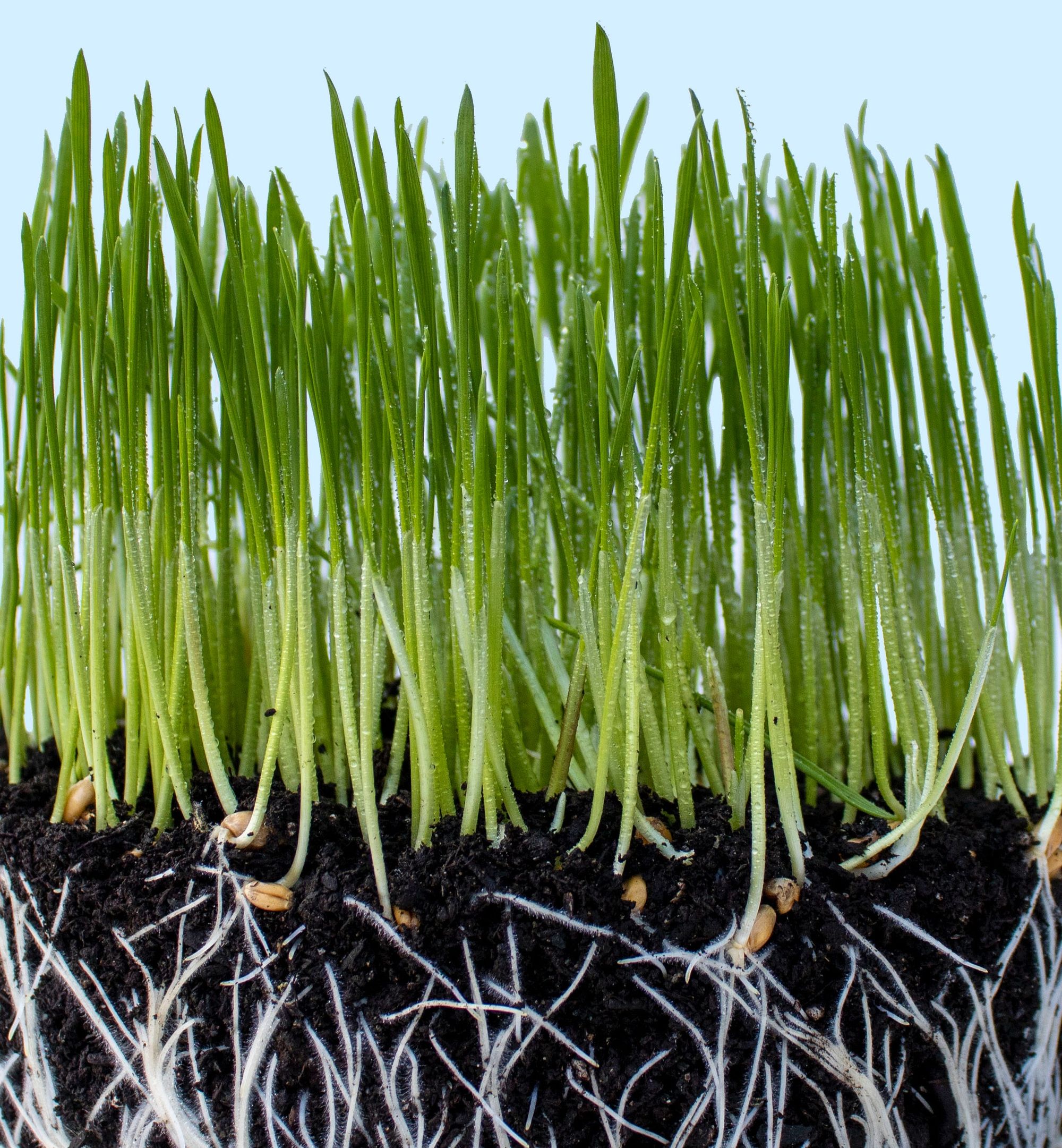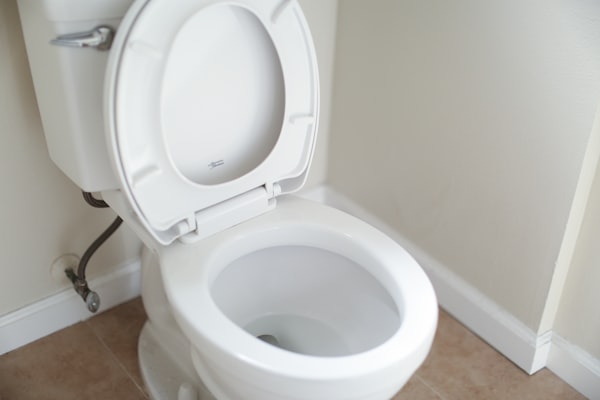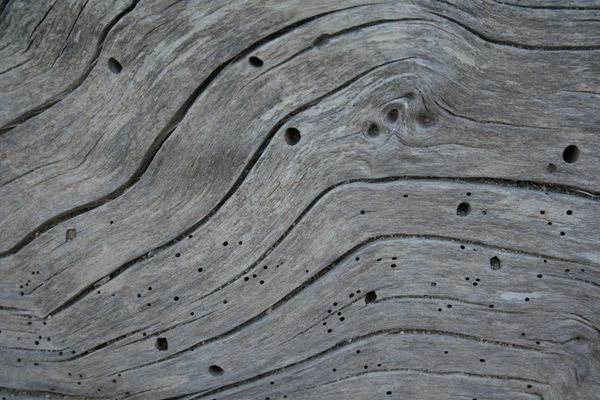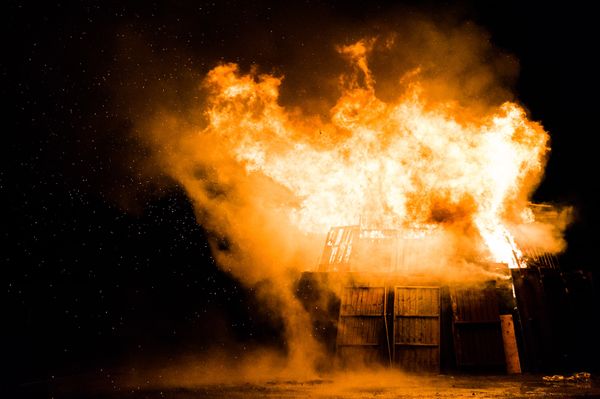Spring has finally arrived and fingers crossed, we should start to see temperatures rising as we head towards summer. Changes in temperatures can have a significant impact in many areas of our homes, not least our drains, leading to problems with properties of all sizes.
Spring is when plants start to grow again, as temperatures rise, plants seek out moisture and nutrients to support their growth, and they tend to favour establishing their roots as close as possible to sources of water. Roots breaking through drainage pipes is a bit of an old wives’ tale, but if there are gaps or cracks the roots can grow into or through these. Once roots take hold they can grow quickly, compromising drainage.
If your home was built before 1960, it's likely to have drainage made from clay. Clay drains are often built with a series of short pipes, which are pushed together and sealed at the joints with mortar. If there are any gaps or cracks in the mortar, roots can grow through them and into the drain, and as they grow they can block the pipes and cause a build-up of waste water. And if they’re not growing inside the pipe they can grow around it and pressurise it to the point that it breaks causing a leak.
Leaking drains are also one of the common causes of subsidence. In fact it’s estimated that they account for between 15 and 20% of subsidence incidents. Leaking drains can cause the ground to soften, reducing the building’s load-bearing capacity
Homeowners have a responsibility to maintain the drains within their property boundary, and it’s worth remembering that the effects of blockages or faulty pipework can be both inconvenient and unpleasant. Water can very quickly become rancid and smelly, and it can also carry infection.
Regular maintenance such as visual inspections and debris clearance around pipework will help to prevent problems with drains, but there are occasions when problems are not apparent until it’s too late. Prevention is without doubt better than cure, but if you have any concerns whatsoever about your drains, it is worth arranging for an inspection.
We’ve added a drainage activity card to the Planna app, you can find it in the ‘discover’ section and then add it to your plan. It features some practical steps that you can take to help maintain your drainage as well as pointers on how to spot problems that will need professional attention.
Start your own free preventive maintenance plan. Click or scan to install. Each plan has been designed by experts and is tailored to your home by Planna.









